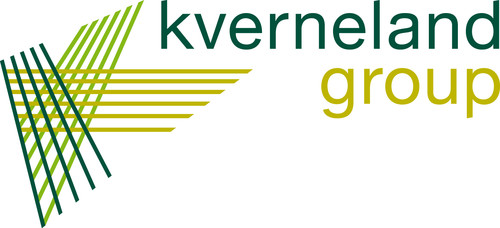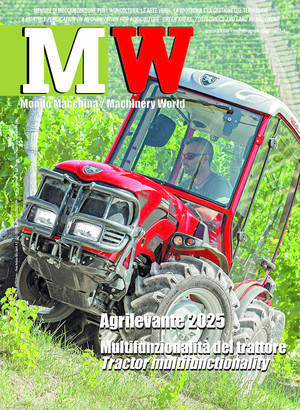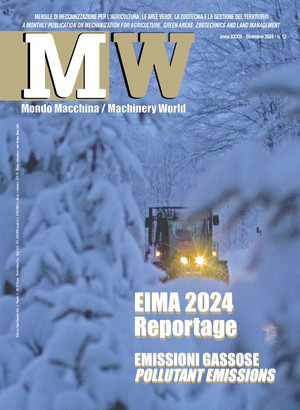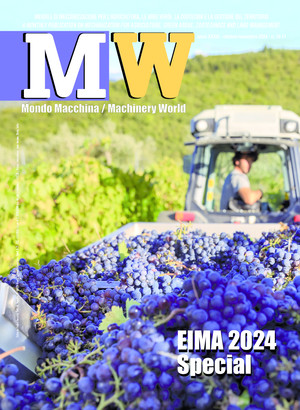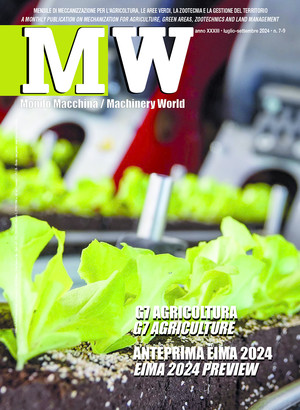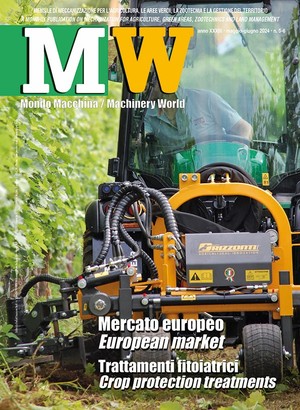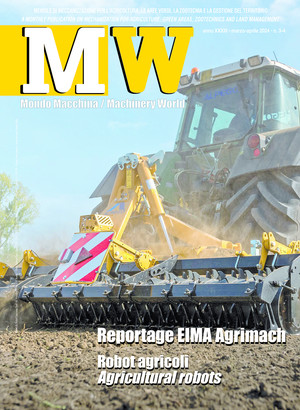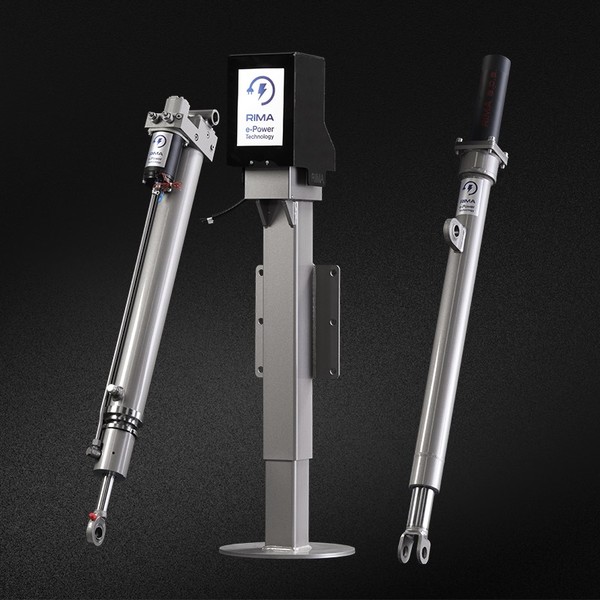
E-Power Technology, hybrid components by RIMA
In the panorama of solutions for the automation of agricultural and industrial machines, Rima E-Power Technology is making significant headway with the implementation of component systems, offering the highest levels of automation and optimization of hydraulic flows in machinery. At EIMA 2024, the Brescia-based manufacturer (headquartered in Montichiari) introduced three prototypes - the electric parking jack, the electric cylinder and the electric actuator - which highlight the potential of the solution proposed by RIMA. The most innovative aspect of E-Power Technology, as stated in a technical note from the manufacturer, is its ability to integrate electrical components into a system traditionally based on hydraulics and mechanics. The electric cylinder, for example, functions as a hydraulic cylinder by means of a motor with pump (fixed on a monoblock unit) and a built-in tank, allowing it to operate autonomously. It is completely run by a PLC system and an electric cable to ensure precise and responsive movements. Unlike traditional hydraulic cylinders, the electric cylinder does not require a hydraulic power unit or hydraulic piping, as all its components are integrated into a single module. One of the main advantages of E-Power Technology is the optimization of the management of hydraulic flows within the machinery. Although the sector is moving towards fully electric solutions – explains the Lombard manufacturer in a technical note – many applications still require hydraulic power. The hybrid solution – as stated in the RIMA note – consists in the integration of electrical components in strategic points, that are difficult to reach with traditional pipes and oil ducts, reducing the load on the hydraulic system and optimizing costs and space. The three prototypes presented at EIMA 2024 are being tested in different operational areas to adapt the technology to the needs of each sector. The RIMA team works closely with customers' engineers and production managers to define project specifications and refine every technical detail, from the choice of materials to the sizing of the motors, and even integration with existing control systems.the panorama of solutions for the automation of agricultural and industrial machines, Rima E-Power Technology is making significant headway with the implementation of component systems, offering the highest levels of automation and optimization of hydraulic flows in machinery. At EIMA 2024, the Brescia-based manufacturer (headquartered in Montichiari) introduced three prototypes - the electric parking jack, the electric cylinder and the electric actuator - which highlight the potential of the solution proposed by RIMA. The most innovative aspect of E-Power Technology, as stated in a technical note from the manufacturer, is its ability to integrate electrical components into a system traditionally based on hydraulics and mechanics. The electric cylinder, for example, functions as a hydraulic cylinder by means of a motor with pump (fixed on a monoblock unit) and a built-in tank, allowing it to operate autonomously. It is completely run by a PLC system and an electric cable to ensure precise and responsive movements. Unlike traditional hydraulic cylinders, the electric cylinder does not require a hydraulic power unit or hydraulic piping, as all its components are integrated into a single module. One of the main advantages of E-Power Technology is the optimization of the management of hydraulic flows within the machinery. Although the sector is moving towards fully electric solutions – explains the Lombard manufacturer in a technical note – many applications still require hydraulic power. The hybrid solution – as stated in the RIMA note – consists in the integration of electrical components in strategic points, that are difficult to reach with traditional pipes and oil ducts, reducing the load on the hydraulic system and optimizing costs and space. The three prototypes presented at EIMA 2024 are being tested in different operational areas to adapt the technology to the needs of each sector. The RIMA team works closely with customers' engineers and production managers to define project specifications and refine every technical detail, from the choice of materials to the sizing of the motors, and even integration with existing control systems.

